
 |
 |
 |
 |
 |
 |
 |
 |
 |
 |
 |
  |
 |
||||||||||||
 |
|
|
|
 |
| January 6th. 2004 Neave.com is a cool website designed by designer/developer Paul Neave. He has an entire section of the site dedicated to his flash "interpretations" of the classical arcades of the '80s. The games are freely downloadable and sources are available too! A great resource for learning. Here follow the interview with Paul. Enjoy! |
| - First of all we'd like you tell us about your passion for classic arcades, when did it all started out? It's strange. I was still a baby boy when spotty teenagers were
playing games such as Pac-Man, Space Invaders and Asteroids in the
early 1980s.
Now this is sad. I must have been 6 or 7 years old when my dad
let me have a go on his precious Amstrad CPC, typically used only
for writing spreadsheets and weighing paper down. Hello World Wow! It did what I told it to do! Look at me! Look what I did!
A website called www.nrg.be
(which still exists today) was written in Flash 3 and showed me
what amazing stuff the web could deliver.
For starters, I couldn't recreate the way the ghosts played exactly
without owning a circuit board schematic and lots of patience.
That was my second ever game written in Flash 4. My first was Pong,
but that was very dull and I knew I could do better. One game I
used to play with my mates a lot on my PC as a kid was a freebie
DOS game called Hexxagon.
Tetris personifies great gameplay and what all games should really
be: simple, fun and addictive.
Download the source code to my version and see how I've done it!
There are some very simple rules, and they come down to a basic
understanding of physics.
// Rotation
if (leftKey) this._rotation -= 10;
if (rightKey) this._rotation += 10;
// Vector
var vx = Math.sin(this._rotation * rads);
var vy = -Math.cos(this._rotation * rads);
// Thrust
if (upKey) {
dx += vx / 4;
dy += vy / 4;
}
// Friction
dx *= friction;
dy *= friction;
// Position
this._x += dx;
this._y += dy;
|
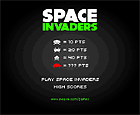 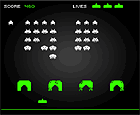 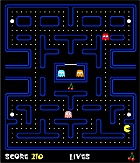 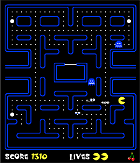 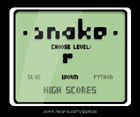 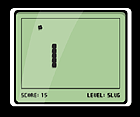 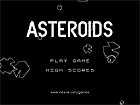 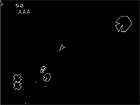 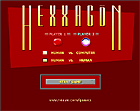 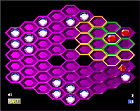
click thumbnails to enlarge them. |
Firstly, the rotation
of the spaceship is determined when the left or right keys are pressed
down. Of course, that's just the spaceship's movement. There's a whole
lotta other stuff going on, and you can download the source code
yourself here:
Simplicity: Everyone knows how to play these games given a couple
of tries.
I wanted to blend the boundaries between HTML and Flash.
Flash MX was a fantastic improvement upon Flash 5, just like every
other previous version.
It's not a question of switching, it's a question of scale: use
the right tools for the right job.
It's a good and necessary release for now.
I'm busy working for my company magneticNorth (http://www.magneticN.co.uk/)
on several very exciting interactive projects.
There's one more to come, but I'm not quite sure what it should
be. Have a great 2004! |
|
|
|
Have you seen one of the best web games ever ? Did you create the latest kick-ass flash game and would you like to seen it reviewed in these pages ? Suggest us some high quality games to feature in our SpotLight! Game suggestions HERE |

